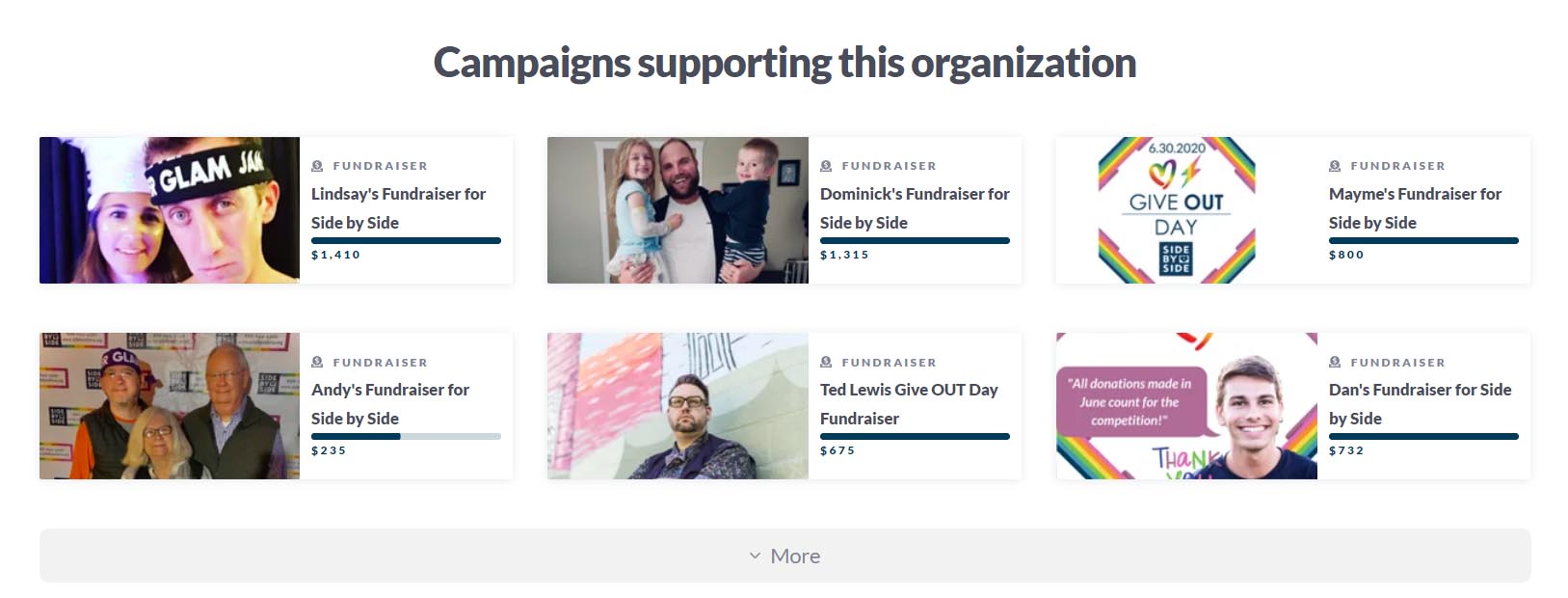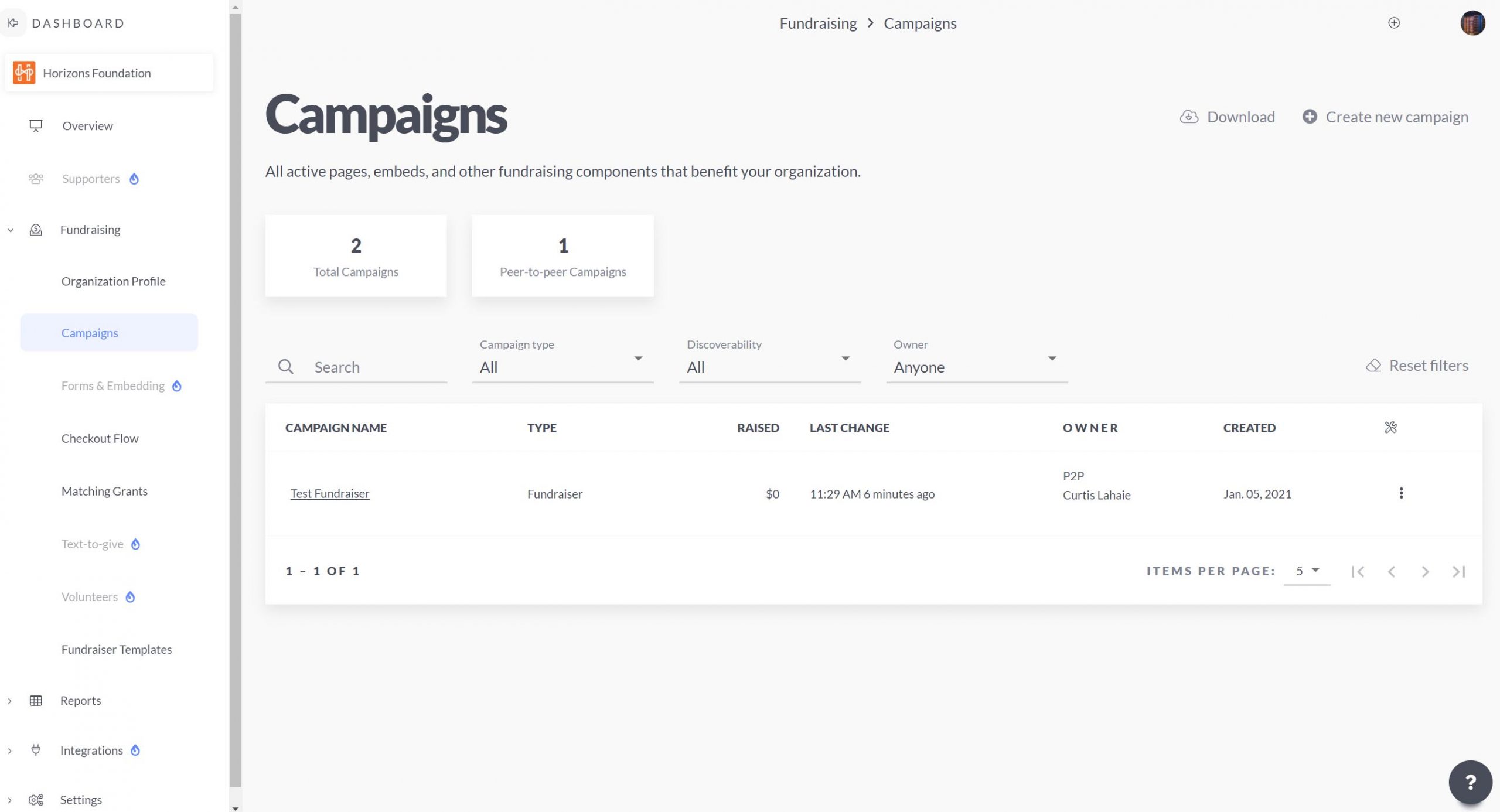How Peer-to-Peer Works
Lesson 1
Watch and listen to a recording with slides, or read the full text below. NOTE: Some pieces of the video content may be outdated. Rely on the text below for the most up-to-date content.
Which would you be most likely to give to: an organization that you don’t know well, or a good friend supporting an organization that you don’t know well? Generally, it is more difficult to acquire a new donor by asking yourself than by asking your existing supporters to ask on your behalf.
The most successful Give OUT Day partner organizations leverage this strategy as the secret to their success: Recruit fundraisers – that is, ambassadors who are existing supporters, especially your board, staff, and volunteers – and support those fundraisers in reaching out to their networks to give. This model leverages the existing positive relationships that fundraisers have with their networks, and also their personal testimonials about your organization, which can bolster the effectiveness of their asks. This is the same thinking behind Facebook birthday fundraisers, for instance, which have raised billions for nonprofits using this peer-to-peer model.
Creating personal fundraising pages really works. People who don't know the organization are more likely to give to their friend than the organization.
Maritza Martinez
Somos Familia, Leaderboard Winner
Example: Side by Side, Leaderboard Winner
Side by Side recruited a number of fundraisers whose donors contributed to their prize-winning total.

Unfortunately, simply creating your Give OUT Day profile will not lead to donations. And leveraging communications strategies like email and social media to make direct asks, which we’ll cover in the next course, can only go so far. It’s often the asks from organizations’ fundraisers to their own networks that lead to the most donations – and to the prizes.
What does this mean for your Give OUT Day campaign? After creating your campaign foundation, which we covered in the previous course, focus your efforts on recruiting fundraisers and supporting them in their asks to their own networks. We’ll cover these topics in the remainder of this course.
Peer-to-Peer Fundraisers on Mightycause
How exactly do peer-to-peer fundraisers work on Mightycause?
- Creating fundraiser pages. How do your fundraisers create their fundraiser pages? It’s simple: On your organization’s profile page, there are two primary buttons: “Donate” and “Fundraise.” When someone clicks “Fundraise,” logs in or signs up for an account, and follows the prompts to build a fundraiser, they’re well on their way to fundraising for your organization.
- Collecting donations. A donor makes a contribution to a peer-to-peer fundraising page in a similar way to your organization’s profile. They navigate to the link, click “Donate,” and follow the same check-out process set for your main profile. You can see fundraising data and donor information for these fundraisers in the same way that you do for your profile: On your dashboard under “Reports,” click “Donations.” Fund disbursement also works in the same way.
- Managing fundraisers. When someone creates a fundraiser for your organization, administrators on your organization’s account will receive an email. You can view all the campaigns for your organization on your dashboard under “Fundraising” and “Campaigns.” Clicking on the three vertical dots on the right side of each campaign listing allows you to message the fundraiser directly.

So how do you recruit fundraisers? That's the topic of the next lesson.